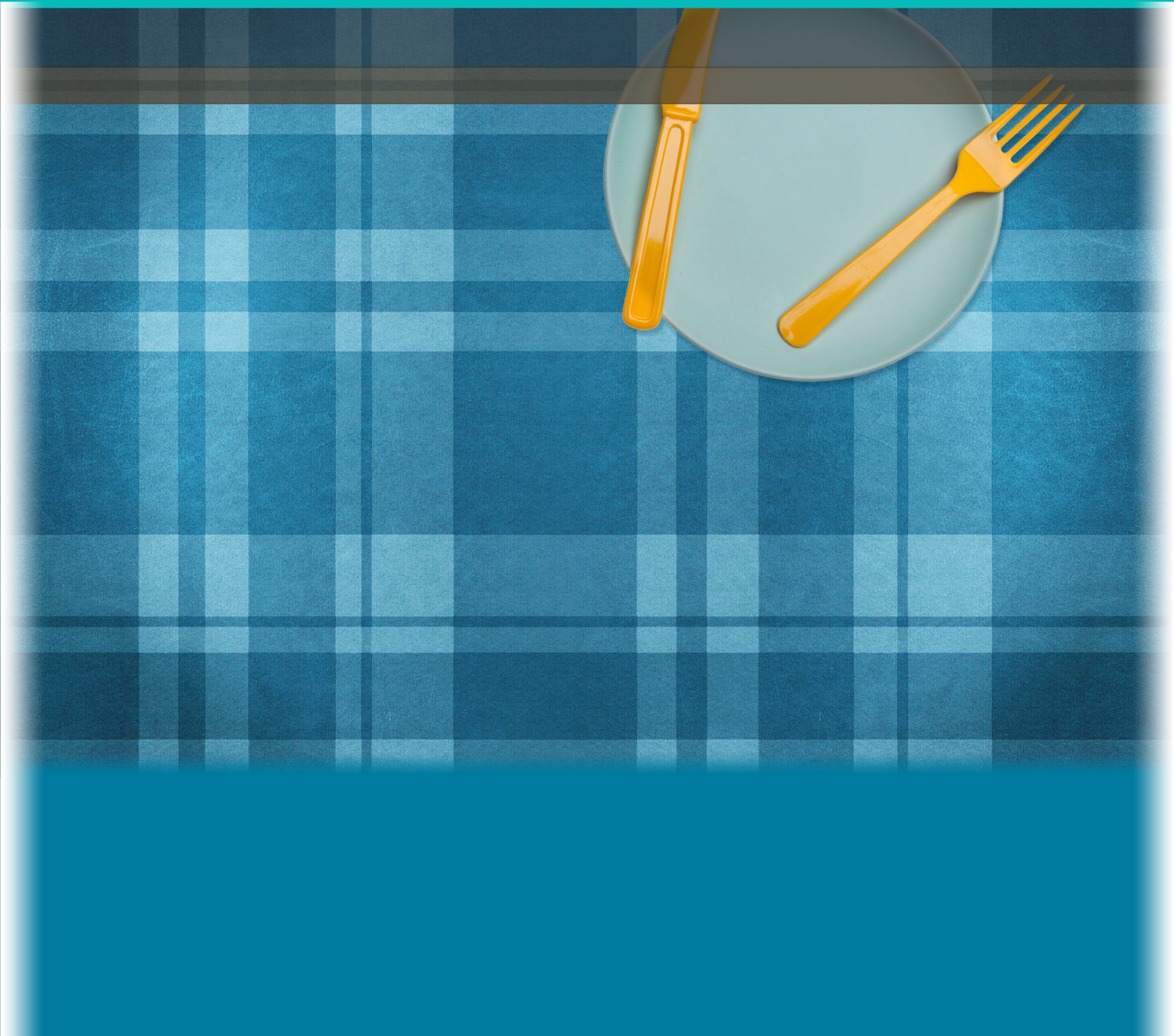Teacher Notes
Explore Possibilities: Mathematics (1- 1 ½ hours) > Print/View All Notes
In this activity, students will explore the USDA nutritional guidelines and determine whether currently available children's meals fit the bill. Have students turn to pages 8 and 9 of their Engineering Portfolios. Assist students as they explore the
MyPlate
![]() website and look up the recommended nutritional guidelines for kids. (The USDA recommends about 1300 calories a day for 4- to 8-year-old children, meaning that a lunch that contains one third of their daily calories should be about 433 calories.)
website and look up the recommended nutritional guidelines for kids. (The USDA recommends about 1300 calories a day for 4- to 8-year-old children, meaning that a lunch that contains one third of their daily calories should be about 433 calories.)
Next, ask students to move on to analyzing the sampling of children's meal data from a national fast food chain. Have students answer the related questions in their Engineering Portfolios, or, if you wish, work together as a class to answer the questions.
If your students would like to explore nutrition in more depth, encourage them to visit the website in More to Explore.
Standards Addressed:
CCSS-S.ID.2,
SSOP1,
MTESC – Engineering Design and Development
ᅠ
![]()


